15 years one-stop China custom CNC machining parts factory
 274 |
Published by VMT at Nov 21 2022
274 |
Published by VMT at Nov 21 2022
In the field of CNC machining parts industry, plastics are often used as raw materials for further processing. Now there are many types of plastics on the market, so what kind of plastic should I choose when CNC machining parts? Let the editor of VMT tell us today. Everyone!
1. ABS plastic
ABS parts manufacturing process
CNC machining / prototyping / injection molding / blister / 3D printing
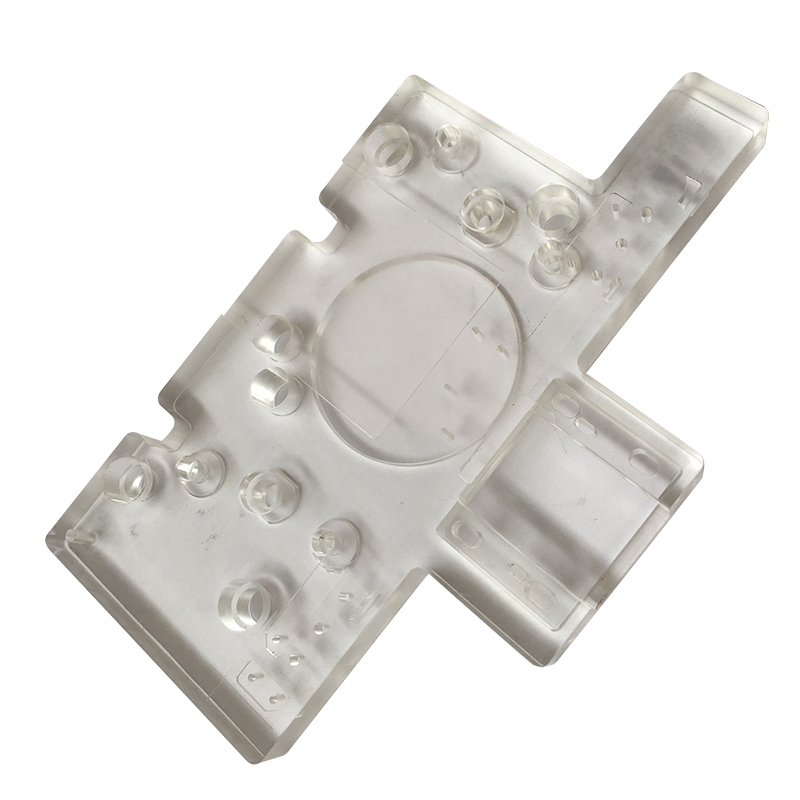
ABS material properties and applications
ABS resin is one of the five major synthetic resins. It has excellent impact resistance, heat resistance, low temperature resistance, chemical resistance and electrical properties. It also has the characteristics of easy processing, stable product dimensions, and good surface gloss. It is easy to paint. , coloring, and can also carry out secondary processing such as surface metallization, electroplating, welding, hot pressing and bonding. The parts produced by VMT are widely used in machinery, automobiles, electronic appliances, instrumentation, textiles and construction industries. An extremely versatile engineering thermoplastic. ABS is usually a pale yellow or milky white granular amorphous resin. ABS is one of the most widely used engineering plastics.
2. Nylon PA6
Nylon manufacturing process
CNC machining / prototyping / injection molding / 3D printing
Characteristics and application of nylon PA6
The material has the most superior comprehensive properties, including mechanical strength, stiffness, toughness, mechanical shock absorption and wear resistance. These properties, combined with good electrical insulation and chemical resistance, make Nylon 6 a "general-purpose" material for the manufacture of mechanical structural parts and serviceable parts.
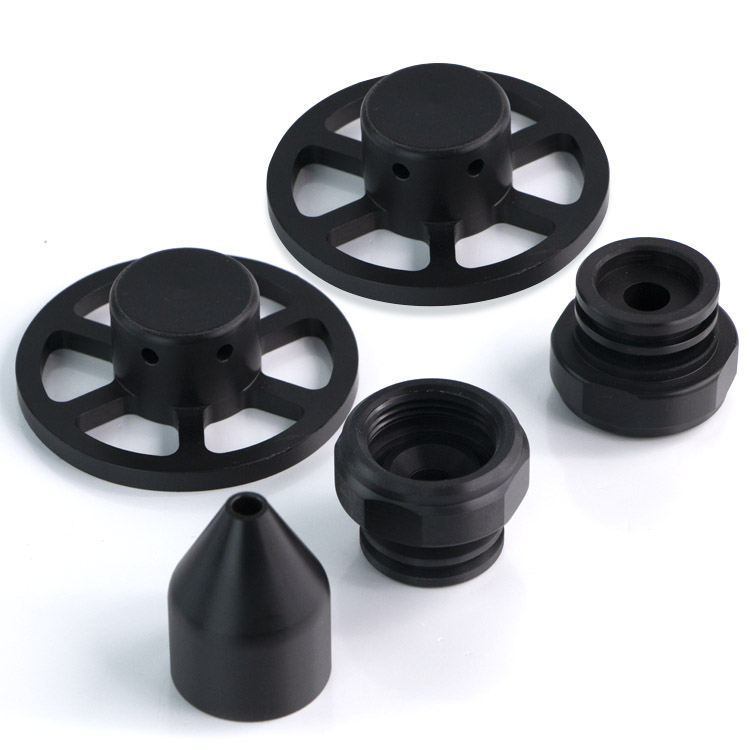
3. Nylon PA66
Nylon PA66 Manufacturing Process
CNC machining / prototyping / injection molding / 3D printing
Characteristics and Application of Nylon PA66
Compared with nylon PA66, its mechanical strength, stiffness, heat resistance and wear resistance, and creep resistance are better, but the impact strength and mechanical shock absorption performance are reduced, which is very suitable for automatic lathe CNC machining. PA66 is more widely used in the automotive industry, instrument housings and other products that require impact resistance and high strength requirements.
4. Nylon PA12
Nylon PA12 Manufacturing Process
CNC machining / prototyping / injection molding / 3D printing
Characteristics and Application of Nylon PA12
The scientific name of PA12 is poly laurolactam, also known as nylon 12. The basic raw material for its polymerization is butadiene, which can rely on petrochemicals. It is a semi-crystalline-crystalline thermoplastic material. Its properties are similar to PA11, but the crystal structure is different. PA12 is a good electrical insulator and, like other polyamides, does not affect insulating properties due to moisture. It has good impact resistance and chemical stability. There are many improved varieties of PA12 in terms of plasticizing and reinforcing properties. Compared with PA6 and PA66, these materials have lower melting point and density, and have very high moisture regain. PA12 has no resistance to strong oxidizing acids. Typical applications of nylon 12: water meters and other commercial equipment, cable sleeves, mechanical cams, sliding mechanisms, photovoltaic backplanes and bearings, etc.
5. PVC
PVC manufacturing process
CNC machining / prototyping / injection molding
PVC characteristics and applications
Polyvinyl chloride, referred to as PVC (Polyvinyl chloride) in English, is an initiator of vinyl chloride monomer (VCM) in peroxides, azo compounds and other initiators; or by the mechanism of free radical polymerization under the action of light and heat polymerized polymer. Vinyl chloride homopolymers and vinyl chloride copolymers are collectively referred to as vinyl chloride resins. PVC was once the largest general-purpose plastic in the world, and it is widely used. It is widely used in building materials, industrial products, daily necessities, floor leather, floor tiles, artificial leather, pipes, wires and cables, packaging films, bottles, foam materials, sealing materials, fibers, etc.
6. POM race steel
POM manufacturing process
CNC machining / prototype production / injection molding
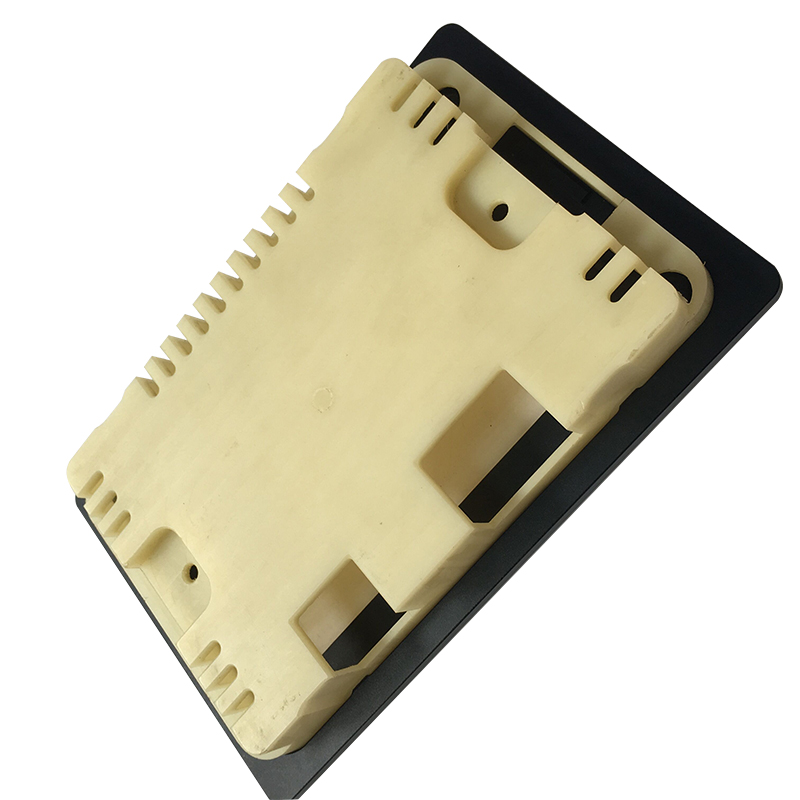
POM Features and Applications
POM is a tough and elastic material with good creep resistance, geometric stability and impact resistance even at low temperatures. POMs are available in both homopolymer and copolymer materials. Homopolymer materials have good ductility and fatigue strength, but are not easy to process. Copolymer materials have good thermal and chemical stability and are easy to process. Both homopolymer materials and copolymer materials are crystalline materials and do not easily absorb moisture. The high degree of crystallinity of POM results in a relatively high shrinkage rate, which can be as high as 2% to 3.5%. There are different shrinkage rates for various reinforced materials. POM has a very low coefficient of friction and good geometric stability, especially suitable for making gears and bearings. Since it also has high temperature resistance properties, it is also used in plumbing devices (valves, pump housings), lawn equipment, etc. Audio equipment such as VCRs, CD, LD, MD players, radios, headphones, and stereos; OA equipment such as printers, keyboards, and CD-ROM drives; household appliances such as washing machines, dryers, and hair dryers; Automotive parts such as handles, mirrors, and engine rooms, precision CNC machined parts such as cameras and clocks, and molding materials for building materials, toys such as game machines, and stationery.
7. Bakelite
Bakelite CNC machining and manufacturing process
CNC machining / prototyping
Properties and applications of bakelite
Bakelite was the first type of plastic to be put into industrial production. It has high mechanical strength, good insulation, heat resistance and corrosion resistance, so it is often used in the manufacture of electrical materials, such as switches, lamp holders, earphones, telephone casings, instrument casings, etc., hence the name "bakelite".
8. Plexiglass PMMA acrylic
Acrylic manufacturing process
CNC machining / prototyping / injection molding / blister
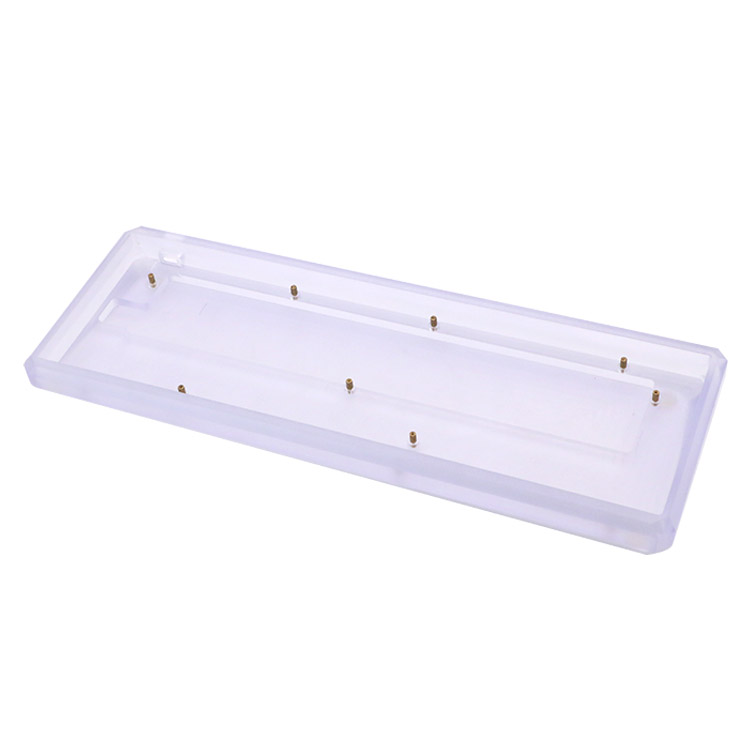
Acrylic properties and applications
Plexiglass (Polymethyl methacrylate) is a popular name, abbreviated as PMMA. The chemical name of this polymer transparent material is polymethyl methacrylate, which is a polymer compound formed by the polymerization of methyl methacrylate. It is an important thermoplastic that was developed earlier. Plexiglass is divided into four types: colorless and transparent, colored and transparent, pearlescent, and embossed plexiglass. Plexiglass is commonly known as acrylic, Zhongxuan acrylic, and acrylic. Plexiglass has the advantages of good transparency, chemical stability, mechanical properties and weather resistance, easy dyeing, easy processing, and beautiful appearance. Plexiglass is also called gelatin glass, acrylic, etc. The material is widely used in the production of advertising light boxes, nameplates, etc.
9. PC
PC manufacturing process
CNC machining / prototyping / injection molding / blister
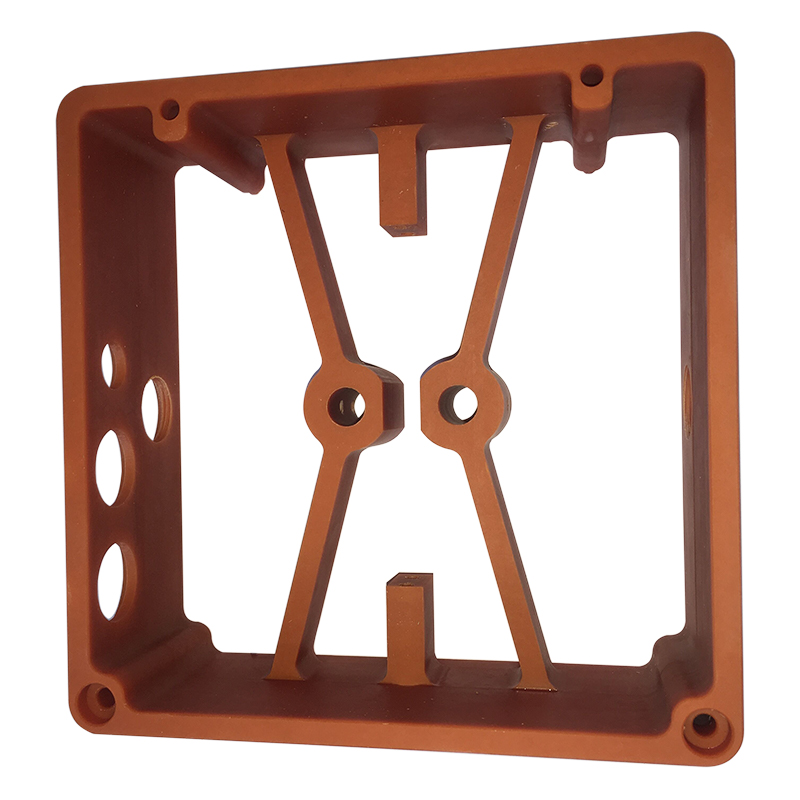
PC Features and Applications
Polycarbonate (PC for short) is a high molecular polymer containing carbonate groups in the molecular chain. According to the structure of the ester groups, it can be divided into aliphatic, aromatic, aliphatic-aromatic and other types. Among them, the low mechanical properties of aliphatic and aliphatic-aromatic polycarbonates limit their application in engineering plastics. The three major application areas of PC engineering plastics are the glass assembly industry, the automotive industry and the electronics and electrical industries, followed by industrial machinery parts, optical discs, packaging, computers and other office equipment, medical and health care, films, leisure and protective equipment, etc.
10. PP
PP manufacturing process
CNC machining / prototyping / injection molding
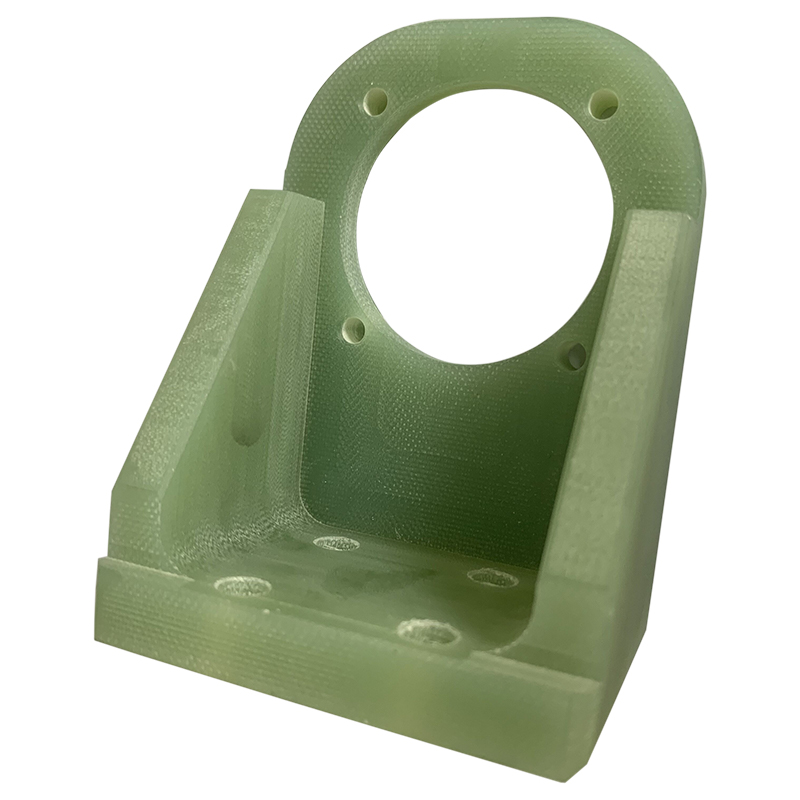
PP characteristics and applications
Polypropylene is a thermoplastic resin obtained by polymerizing propylene. The relative density is small, only 0.89-0.91, which is one of the lightest varieties of plastics. Due to the high degree of crystallinity, this material has good surface stiffness and scratch resistance properties. PP does not have environmental stress cracking problems.
11. PPS
PPS manufacturing process
CNC machining / prototyping
PPS characteristics and applications
PPS plastic (polyphenylene sulfide) is a thermoplastic special engineering plastic with excellent comprehensive properties. Its outstanding features are high temperature resistance, corrosion resistance and excellent mechanical properties. Excellent electrical insulation (especially high-frequency insulation), white hard and brittle, metal noise when dropped on the ground, light transmittance second only to plexiglass, coloring and water resistance, good chemical stability. It has excellent flame retardancy and is a non-combustible plastic. The strength is average, the rigidity is good, but the quality is brittle, and it is easy to produce stress embrittlement; it is not resistant to organic solvents such as benzene and gasoline; the long-term use temperature can reach 260 degrees, and it is stable in air or nitrogen at 400 degrees. After modification by adding glass fiber or other reinforcing materials, the impact strength can be greatly improved, the heat resistance and other mechanical properties can also be improved, the density can be increased to 1.6-1.9, and the molding shrinkage rate can be as small as 0.15-0.25%. In the production of heat-resistant parts, insulating parts and chemical equipment, optical equipment and other parts.
12. PEEK
PEEK manufacturing process
CNC machining / prototyping
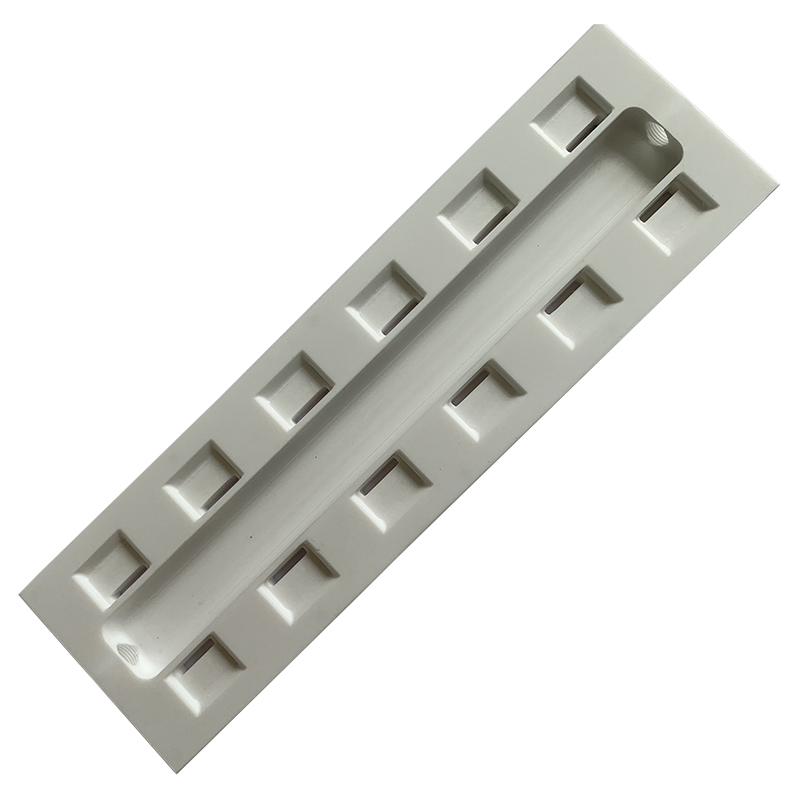
PEEK characteristics and applications
Polyetheretherketone (PEEK) resin is a special engineering plastic with excellent performance. Compared with other special engineering plastics, it has more significant advantages. It is resistant to high temperature of 260 degrees, excellent mechanical properties, good self-lubrication, and chemical corrosion resistance. , flame retardant, peel resistance, abrasion resistance, not resistant to strong nitric acid, concentrated sulfuric acid, radiation resistance, super mechanical properties can be used for high-end machinery, nuclear engineering and aviation and other technologies.
13. Teflon PTFE
Teflon manufacturing process
CNC machining / prototyping
Teflon characteristics and applications
Polytetrafluoroethylene (Polytetrafluoroethylene), the English abbreviation is PTFE, (commonly known as "Plastic King, Hala"), the brand name is Teflon®, in China, due to the pronunciation, the trademark "Teflon" is also called "Special". "Fulon", "Teflon", "Teflon", "Teflon", "Teflon", etc., are all transliterations of "Teflon". Products of this material are generally referred to as "non-stick coatings"; a synthetic polymer material that uses fluorine to replace all hydrogen atoms in polyethylene. This material has the characteristics of acid and alkali resistance and resistance to various organic solvents, and is almost insoluble in all solvents. At the same time, PTFE has the characteristics of high temperature resistance, and its friction coefficient is extremely low, so it can be used for lubrication, and it has also become an ideal coating for the inner layer of non-stick pots and water pipes.
14. Photosensitive resin
Photosensitive resin manufacturing process
Photosensitive resin properties and applications
The material used for photocuring rapid prototyping is liquid photocurable resin, or liquid photosensitive resin, which is mainly composed of oligomer, photoinitiator and diluent. In the past two years, photosensitive resin is being used in the emerging industry of 3D printing, and it is favored and valued by the industry because of its excellent characteristics.
15. Polyurethane PU
PU manufacturing process
Prototype manufacturing complex mold processing / injection molding
PU characteristics and applications
Polyurethane is a class of polymers containing -NHCOO- repeating structural units in the main chain, the English abbreviation PU, including rigid polyurethane plastics, soft polyurethane plastics, polyurethane elastomers and other forms, and is divided into thermoplastic and thermosetting two categories. Its raw materials are generally presented in resin state.
16. Rubber
Rubber Manufacturing Process
Prototype manufacturing complex mold processing / injection molding
Rubber properties and applications
Rubber: A highly elastic polymer material with reversible deformation. It is elastic at room temperature, can produce large deformation under the action of a small external force, and can return to its original shape after removing the external force. Rubber is a completely amorphous polymer, its glass transition temperature (T g) is low, and its molecular weight is often large, greater than several hundred thousand.
17. PET
PET manufacturing process
CNC machining / prototyping / injection molding
PET characteristics and applications
Polyethylene terephthalate is the main variety of thermoplastic polyester, commonly known as polyester resin. It is prepared by transesterifying dimethyl terephthalate with ethylene glycol or by synthesizing bishydroxyethyl terephthalate by esterification with terephthalic acid and ethylene glycol, and then conducting polycondensation reaction. Together with PBT, it is collectively referred to as thermoplastic polyester, or saturated polyester. It has excellent physical and mechanical properties in a wide temperature range, the long-term use temperature can reach 120 ° C, and the electrical insulation is excellent. Even at high temperature and high frequency, its electrical properties are still good, but the corona resistance is poor, and the Creep, fatigue resistance, friction resistance and dimensional stability are all good.
18. PBT
PBT manufacturing process
CNC machining / prototyping / injection molding
PBT characteristics and applications
Polybutylene terephthalate, English name polybutylene terephthalate (referred to as PBT), belongs to the polyester series, which is composed of 1.4-pbt butylene glycol (1.4-Butylene glycol) and terephthalic acid (PTA) or terephthalic acid. Milky white translucent to opaque, crystalline thermoplastic polyester resin made by polycondensation of formate (DMT) and made by mixing process. Together with PET, it is collectively referred to as thermoplastic polyester, or saturated polyester. Household appliances (food processing blades, vacuum cleaner components, electric fans, hair dryer housings, coffee utensils, etc.), electrical components (switches, motor housings, fuse boxes, computer keyboard keys, etc.), automotive industry (radiator grilles, etc.) , body panels, wheel covers, door and window components, etc.).
The above is the content of the types of plastics commonly used in CNC machining parts, I hope to help everyone!
